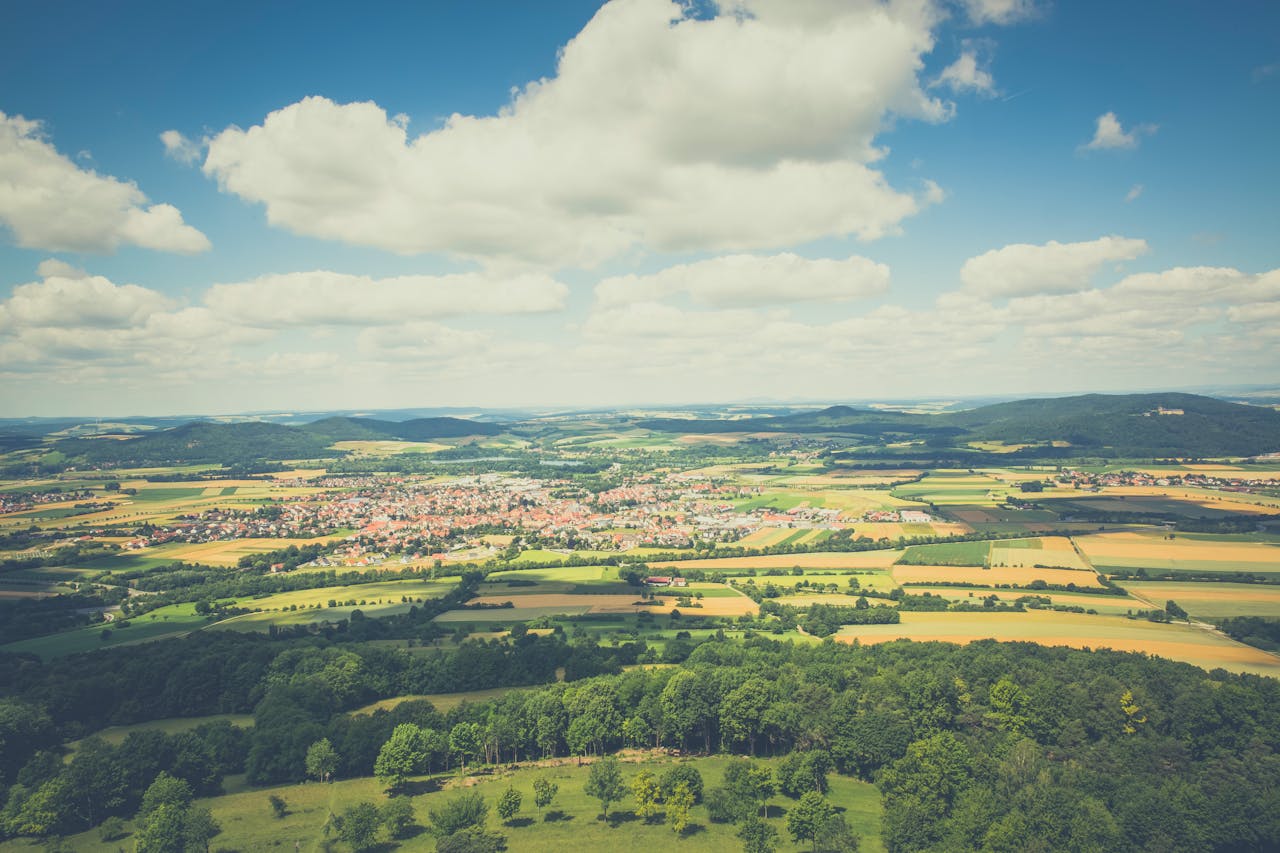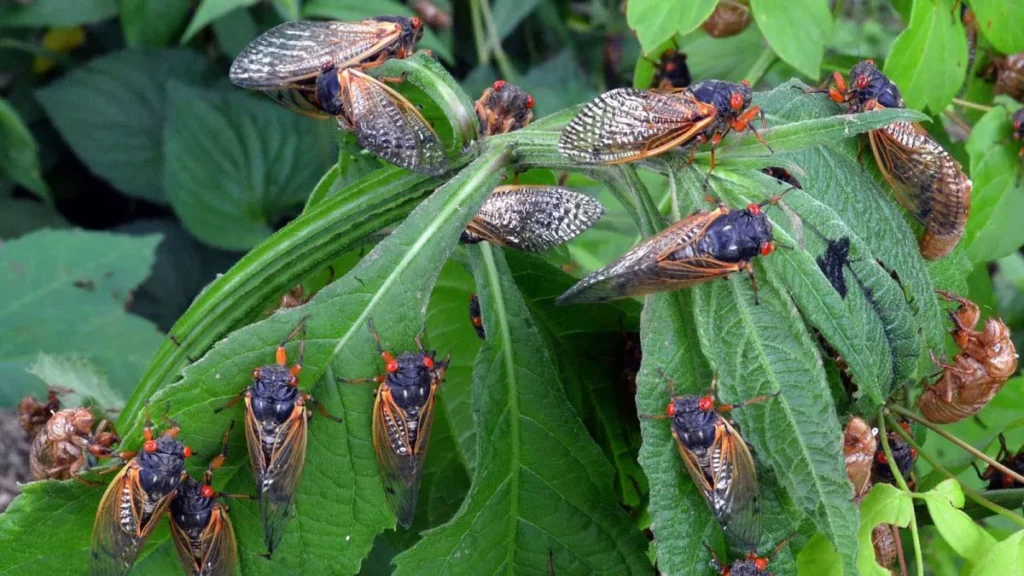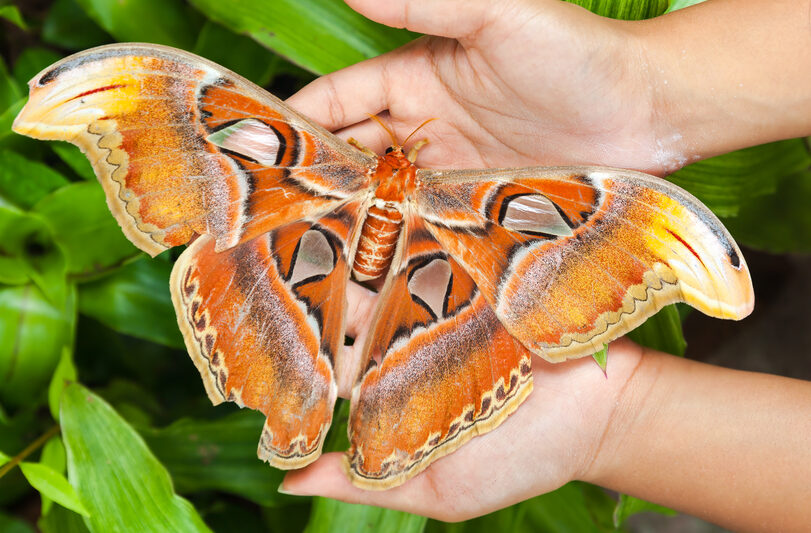Discover the Magic of Mexico’s Pueblos Mágicos

Mexico’s “Pueblos Mágicos” are a treasure trove of cultural, historical, and natural wonders waiting to be explored. Officially recognized by the Mexican government, these towns are selected for their unique charm, historical significance, and natural beauty. As of now, there are 132 Pueblos Mágicos scattered across the country, each offering a distinctive experience that captivates both national and international tourists alike.
These enchanting towns serve as a gateway to Mexico’s rich heritage, from colonial architecture and ancient ruins to vibrant festivals and culinary delights. Visitors can immerse themselves in local traditions, explore stunning landscapes, and uncover the stories that have shaped these communities over centuries. Whether you’re drawn to the cobblestone streets of San Miguel de Allende, the mystical allure of Real de Catorce, or the breathtaking views of Valle de Bravo, there’s a Pueblo Mágico for every type of traveler.
The Pueblos Mágicos program not only promotes tourism but also helps to preserve the cultural and historical integrity of these towns. By visiting a Pueblo Mágico, you’re contributing to the local economy and supporting efforts to maintain these unique destinations for future generations.
History and Origin of the Pueblos Mágicos
The Pueblos Mágicos Program
The Pueblos Mágicos program was launched in 2001 by Mexico’s Secretariat of Tourism to promote tourism and preserve the cultural heritage of small towns throughout the country. The initiative aimed to highlight towns that offer visitors unique experiences through their natural beauty, cultural riches, and historical significance. By showcasing these destinations, the program encourages both domestic and international tourists to explore beyond the well-trodden paths of major cities and coastal resorts.
To be designated as a Pueblo Mágico, a town must meet several criteria. These include having a population of at least 20,000, being located near a major tourist route, and possessing a rich cultural or historical background. The town must also demonstrate a commitment to preserving its heritage and providing a positive visitor experience. These criteria ensure that each Pueblo Mágico offers a unique and authentic glimpse into Mexico’s diverse heritage.
Cultural and Historical Importance
Pueblos Mágicos play a crucial role in preserving and promoting Mexican traditions and culture. Each town is a living museum where visitors can experience the country’s vibrant heritage firsthand. Traditional festivals and events are a highlight of the Pueblos Mágicos, offering an immersive cultural experience. For example, in Tepoztlán, the annual Carnival is celebrated with colorful parades, traditional dances, and elaborate costumes. In Pátzcuaro, the Day of the Dead festivities are particularly renowned, with intricate altars, marigold decorations, and night-time processions creating a magical atmosphere.
These towns also preserve local crafts and culinary traditions. Visitors can find artisans creating handmade pottery, weaving textiles, or crafting traditional sweets. By supporting these local industries, the Pueblos Mágicos program helps sustain the cultural and economic vitality of these communities.
Characteristics of the Pueblos Mágicos
Geographical and Natural Diversity
The Pueblos Mágicos of Mexico are celebrated for their remarkable geographical and natural diversity, offering visitors a wide range of landscapes and ecosystems to explore. From pristine beaches and towering mountains to expansive deserts and lush jungles, these towns are situated in some of the most breathtaking regions of the country.
For instance, Sayulita, located on the Pacific coast, is famous for its sandy beaches and excellent surf conditions, making it a haven for beach lovers and water sports enthusiasts. In stark contrast, the town of Real de Catorce, nestled in the arid highlands of San Luis Potosí, offers a mesmerizing desert landscape with historical mining ruins and mystical vibes. Valle de Bravo, surrounded by forests and a large lake, provides opportunities for boating, paragliding, and hiking, showcasing Mexico’s mountainous beauty. Meanwhile, the jungle-covered town of Palenque in Chiapas is home to ancient Mayan ruins set against a backdrop of dense tropical rainforest, offering a glimpse into the country’s rich pre-Hispanic history.
Tourist Attractions
Pueblos Mágicos are rich in tourist attractions that cater to diverse interests, ensuring that every visitor can find something captivating. Historical sites are among the main draws, with towns like Guanajuato offering beautifully preserved colonial architecture, narrow winding streets, and historic churches. The town of Tequila, Jalisco, invites visitors to explore its renowned agave fields and distilleries, where they can learn about the production process of the famous Mexican spirit.
Natural parks and recreational activities also abound in these magical towns. For example, the Monarch Butterfly Biosphere Reserve near Valle de Bravo allows visitors to witness the spectacular migration of millions of monarch butterflies. In the coastal town of Bacalar, the stunning Lagoon of Seven Colors provides a perfect setting for swimming, kayaking, and snorkeling in its crystal-clear waters.
Unique experiences are a hallmark of the Pueblos Mágicos. In the town of Izamal, known as the “Yellow City,” visitors can explore its vibrant yellow buildings and climb the ancient Mayan pyramid that stands in the heart of the town. In the highland town of Cuetzalan, travelers can immerse themselves in indigenous culture by visiting local markets, participating in traditional dances, and exploring nearby waterfalls and caves.
Featured Examples of Pueblos Mágicos
San Cristóbal de las Casas, Chiapas
San Cristóbal de las Casas, nestled in the highlands of Chiapas, is a town rich in history and cultural vibrancy. Founded in 1528, its cobblestone streets, colonial architecture, and colorful markets make it a must-visit destination. The town’s main square, Plaza 31 de Marzo, is surrounded by significant landmarks such as the Cathedral of San Cristóbal and the Santo Domingo Church, which features an impressive baroque façade and a museum showcasing local textiles.
San Cristóbal is also known for its indigenous culture, with numerous communities living in the surrounding areas. Visitors can explore the traditional markets, where they can purchase handcrafted goods, and taste regional cuisine. The town hosts several important festivals, including the Fiesta de San Cristóbal in July, which celebrates the town’s patron saint with parades, music, and traditional dances. Another notable event is the Festival Internacional Cervantino Barroco, held in October, celebrating baroque art and culture with performances and exhibitions.

Tequila, Jalisco
Tequila, Jalisco, is not only a town but a symbol of Mexican heritage, primarily known for being the birthplace of the world-famous tequila. This town’s historical and cultural significance is deeply intertwined with the production of this iconic spirit. Visitors can tour the agave fields, learn about the tequila-making process, and enjoy tastings at renowned distilleries like José Cuervo and Sauza.
The town itself boasts charming streets lined with colonial buildings, the Tequila Museum, and the beautiful Parroquia Santiago Apóstol church. One of the most popular activities is riding the Tequila Express train, which takes visitors on a scenic journey through the agave landscape, offering insights into the history and production of tequila. Annual events such as the National Tequila Fair, held in November, feature parades, mariachi music, traditional dances, and, of course, plenty of tequila tasting.

Valle de Bravo, State of Mexico
Valle de Bravo, situated on the shores of Lake Avándaro, is renowned for its stunning natural beauty and a wide array of recreational activities. The town is a haven for outdoor enthusiasts, offering activities such as sailing, kayaking, paragliding, and hiking. The surrounding forests and mountains provide scenic trails and breathtaking viewpoints, making it a perfect destination for nature lovers.
One of the main attractions is the Monarch Butterfly Biosphere Reserve, where visitors can witness the incredible migration of millions of monarch butterflies between November and March. Valle de Bravo also has a rich cultural scene, with events like the Festival de las Almas, held in late October and early November, which celebrates Day of the Dead with art exhibitions, concerts, and traditional altars. The town’s central plaza, with its quaint shops, cafes, and the impressive San Francisco de Asís Church, is a lovely place to soak in the local atmosphere and traditions.

Impact of Tourism on the Pueblos Mágicos
Economic Development and Sustainability
Tourism has significantly contributed to the economic development of Mexico’s Pueblos Mágicos. The influx of visitors has led to the creation of jobs and businesses, boosting local economies. Small businesses, including hotels, restaurants, shops, and tour operators, thrive due to the steady stream of tourists seeking unique cultural and natural experiences. This economic activity has improved the quality of life for many residents, providing opportunities for entrepreneurship and community development.
However, with increased tourism comes the need for sustainability and conservation. Many Pueblos Mágicos have implemented initiatives to balance economic growth with the preservation of their natural and cultural heritage. Efforts include promoting eco-friendly tourism practices, such as encouraging visitors to use sustainable transportation options and supporting local conservation projects. Additionally, some towns have established regulations to protect historical sites and natural areas from overdevelopment and environmental degradation.
Challenges and Opportunities
Despite the benefits, the Pueblos Mágicos face several challenges. Infrastructure in many of these towns is often underdeveloped, struggling to cope with the rising number of tourists. This can lead to issues such as traffic congestion, inadequate waste management, and strain on local resources. Conservation is another significant challenge, as increased tourism can put pressure on historical sites and natural landscapes, risking their degradation.
To address these challenges, several strategies can be employed. Improving infrastructure is critical, including upgrading roads, waste management systems, and public services to handle the increased tourist load. Investment in sustainable tourism practices is also essential. This includes promoting eco-tourism, which focuses on responsible travel that minimizes environmental impact and supports local conservation efforts.
Additionally, preserving the authenticity of the Pueblos Mágicos is vital for maintaining their charm and appeal. This can be achieved by involving local communities in tourism planning and decision-making processes, ensuring that development projects respect the cultural and historical heritage of the towns. Creating educational programs for both tourists and residents about the importance of conservation and sustainable practices can foster a more mindful and respectful tourism experience.
Furthermore, diversifying the tourism offerings in these towns can help distribute the tourist load more evenly throughout the year and across different regions. This can include promoting lesser-known Pueblos Mágicos, developing off-season tourism activities, and highlighting niche experiences such as culinary tours, craft workshops, and cultural festivals.






